China hopes to avoid trade war with US amid positive signals
- Update Time : Thursday, January 23, 2025
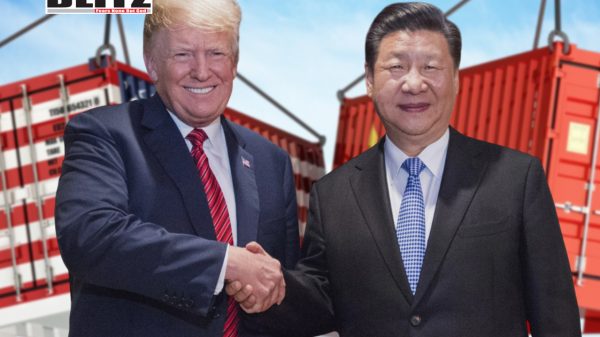
As tensions simmer in the global economic arena, China appears cautiously optimistic about averting an all-out trade war with the United States. This shift in sentiment follows a series of diplomatic gestures and less-aggressive-than-anticipated rhetoric from former President Donald Trump and his advisors, hinting at the potential for negotiation rather than confrontation. However, with the looming possibility of harsh tariffs under a Trump administration comeback, Beijing continues to prepare for the worst while hoping for the best.
During Trump’s first term, US-China trade relations were marred by tit-for-tat tariffs that disrupted global supply chains and economic growth. The Chinese leadership initially braced for an immediate escalation in trade restrictions following Trump’s re-election bid announcement in 2023. However, the anticipated storm has been temporarily delayed. Instead of implementing sweeping export and import restrictions immediately, Trump has ordered investigations into the state of trade between the two nations, allowing room for dialogue and de-escalation.
According to the Financial Times (FT), this measured approach has sparked renewed optimism in Beijing. Trump’s uncharacteristic restraint, combined with a few encouraging gestures from both sides, has led experts to suggest that negotiations may be on the table. Nevertheless, economists warn that the situation remains precarious, with no guarantee that these preliminary signs of diplomacy will lead to lasting resolutions.
China has made visible efforts to set a conciliatory tone. President Xi Jinping sent Vice President Han Zheng, one of the most senior officials in the Chinese government, to attend Trump’s inauguration. During his visit, Han Zheng met with key US business leaders, including Tesla CEO Elon Musk, a known confidant of Trump. This high-level engagement was bolstered by a productive phone call between Xi and Trump, described by the US president as “very fruitful.”
These diplomatic overtures reflect Beijing’s recognition of the stakes involved. A prolonged trade conflict with the US, its largest trading partner, could inflict significant economic damage. This risk has prompted China to engage in proactive diplomacy, fostering goodwill with the US business community and signaling its willingness to cooperate on economic matters.
Economists note that China has already taken steps to mitigate the impact of existing tariffs. Many Chinese exporters have rerouted trade through third countries to bypass US tariffs, a strategy that underscores the adaptability of global supply chains. While this approach has provided temporary relief, it also highlights the long-term challenges of sustaining such measures without a comprehensive resolution.
US officials are scheduled to report their findings on the state of bilateral trade by April 1, a deadline that could significantly influence the trajectory of US-China relations. Analysts caution that while Trump’s initial signals have been relatively moderate, his administration remains populated with “China hawks” who favor a hardline approach. This ideological divide within the Trump team could lead to unpredictable shifts in policy, keeping Beijing on high alert.
Despite the current lull, the specter of future tariffs looms large. In August 2023, Trump vowed to impose a minimum 10% tariff on all goods imported into the US if re-elected, a promise that sent ripples through global markets. More alarmingly, The Washington Post reported in early 2024 that Trump had discussed the possibility of implementing 60% tariffs on Chinese imports, a move that would undoubtedly escalate tensions to unprecedented levels.
China, recognizing the potential fallout, has been exploring measures to counteract these threats. In November 2024, The Wall Street Journal revealed that Beijing was considering a suite of incentives to attract American partners in Europe and Asia. These measures include tariff cuts, streamlined visa processes, increased Chinese investment in allied countries, and other economic concessions aimed at offsetting the impact of US trade barriers.
Amid these developments, Chinese officials have reiterated their commitment to fostering a stable and mutually beneficial economic relationship with the US Liu Pengyu, spokesman for the Chinese Embassy in Washington, emphasized that “there would be no winners in the tariff war between China and the United States.” He called on the US to respect market economy principles and international trade rules while creating a favorable environment for bilateral cooperation.
Beijing’s stance underscores its strategic patience, as it seeks to balance domestic economic pressures with the need for international stability. By positioning itself as a proponent of free trade and global cooperation, China aims to garner support from the international community, further isolating the US should it pursue protectionist policies.
While recent developments suggest a temporary thaw in US-China trade tensions, the road ahead is fraught with challenges. Trump’s unpredictable nature, coupled with the influence of hardliners within his administration, adds an element of volatility to the situation. Furthermore, the broader geopolitical context – including US efforts to counter China’s influence in the Indo-Pacific region – complicates the prospects for a swift resolution.
From Beijing’s perspective, the stakes are clear. A full-blown trade war could undermine its economic growth ambitions, disrupt global supply chains, and weaken its standing as a global economic powerhouse. To prevent such an outcome, China is likely to continue leveraging diplomatic channels, economic incentives, and multilateral partnerships.
As China and the United States navigate this complex and evolving relationship, the potential for a trade war remains a pressing concern. While recent diplomatic gestures and measured actions have offered a glimmer of hope, the underlying tensions between the two nations are far from resolved. The coming months will be critical in determining whether the world’s two largest economies can find common ground or if they are destined for a prolonged period of economic confrontation.
For now, Beijing’s strategy appears to be one of cautious optimism, backed by proactive diplomacy and strategic adjustments. However, with the shadow of potential tariffs and political uncertainty looming large, the balance remains precarious, and the global economic community watches with bated breath.


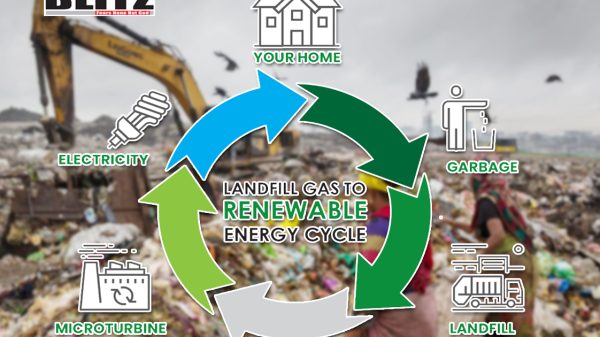
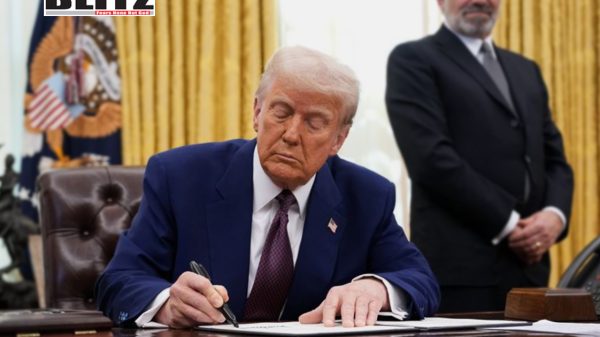

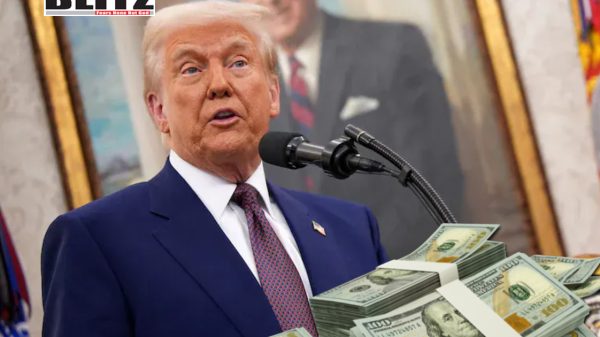


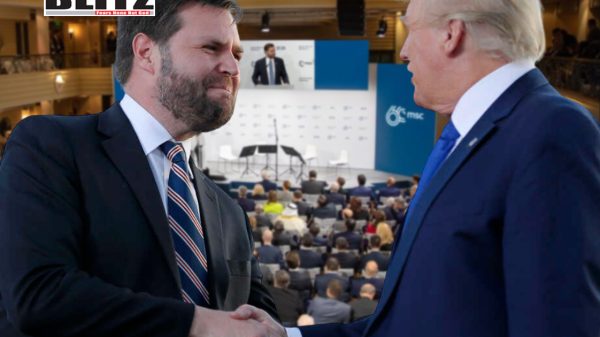

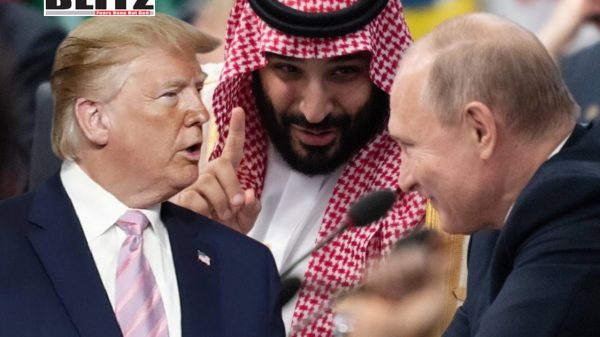





Leave a Reply